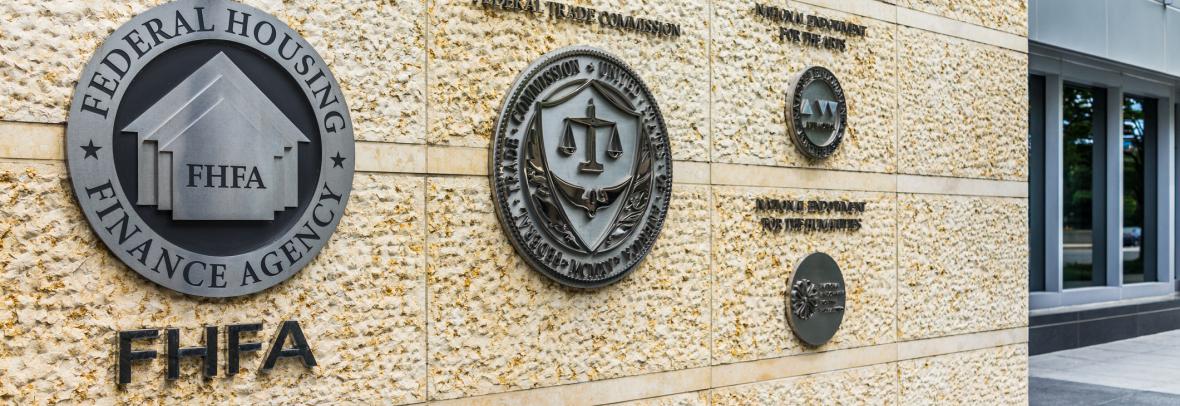
After April 1, Fannie and Freddie will buy fewer second-home mortgages. That increases lenders’ risks and will likely translate into higher fees and/or interest rates.
WASHINGTON – A rule change for the Federal Housing Finance Agency (FHFA) will likely make it more expensive to take out a second-home loan or get a mortgage for other types of investment property. The rule goes into effect on April 1.
The National Association of Realtors® (NAR) has been actively trying to maintain the current level of second-home financing offered by FHFA. On January 15, NAR responded to the change with a critical public statement:
“Any considerations to limit financing on second homes, investor properties or entry-level borrowers will have a negative impact on borrowing costs and a broader impact on the rental market,” said NAR President Charlie Oppler. “This would only undermine (Fannie Mae’s and Freddie Mac’s) ability to fund many of their charter duties and appropriately serve U.S. taxpayers and consumers.”
What is the new rule?
The rule affects the second-home market indirectly by limiting the number of second-home loans Fannie Mae or Freddie Mac will buy to 7% – up to half the number they’ve historically purchased. FHFA is the federal agency that oversees Fannie and Freddie.
The rule doesn’t force lenders to change their mortgage criteria directly, but increased risks make it almost certain most will tighten their lending standards for second-home buyers.
Most lenders that originate mortgages eventually sell some of their loans to Fannie or Freddie and use the money to originate even more loans. As a result, most lenders follow specific FHFA guidelines for qualified-mortgage loans because, if they do, they’re assured at the time of origination that Fannie or Freddie will buy them. Without that qualified-mortgage guarantee upfront, lenders wouldn’t know at the time of origination whether they’d be forced to keep a loan in their portfolio, which raises risk.
The new FHFA 7% rule for second homes means lenders might not be able to sell a second-home loan to Fannie Mae and Freddie Mac even if they followed all the qualified-mortgage rules, which raises lenders’ risks. Consequently, the fees charged for a second-home loan – or the interest rates – are expected to go up.
In a letter sent to mortgage lenders on March 10, FHFA said, “Recent amendments to our senior preferred stock purchase agreement with Treasury impose additional risk criteria on the loans we acquire. One of those restrictions is a 7% limit on our acquisition of single-family mortgage loans secured by second home and investment properties.”
FHFA told lenders in the letter that it would be “monitoring deliveries of second-home and investor loans on a lender-level basis, and will be working with lenders that have excessive delivery volume of these types of loans.”
What’s the impact on closing costs?
Each mortgage lender must consider the new rule and make risk decisions, so changes will vary by lender. However, many have already started raising closing costs.
According to an article by Peter Warden in The Mortgage Reports Editor, one company known for originating second-home and investment property loans, Penny Mac, has already boosted its required closing costs, charging an amount equal to 2.25% of the loan on “non-primary-residence applications – even those with a down payment of 25% or more.”
To make up for the added risk, some lenders might increase closing costs. Others might raise interest rates and roll the added-risk cost into the loan itself.
Will lenders start turning down second-home loans?
The FHFA rule doesn’t force a lender to make sure only 7% of their mortgage loans go to second homes. It also doesn’t make any change to traditional loan criteria, such as credit scores, down payments or debt-to-income ratios.
However, some mortgage lenders could individually decide to tighten second-home loan requirements as a way to limit risk.
Second-home loans unaffected by the change
FHFA – through Fannie Mae and Freddie Mac – provides a framework for affordable mortgages by buying loans from individual lenders. However, not all loans are sold to Fannie or Freddie, and some lenders plan to keep a new mortgage loan in their portfolio.
Jumbo loans, for example, already fall outside FHFA qualifications, yet lenders approve jumbo loans every day. And some lenders already approve conventional loans (“conventional” in that the amount of the loan adheres to Fannie and Freddie rules) without intending to sell them.
In his article, Warden suggests that demand for second-home loans won’t diminish, and lenders may want to fill the void. “Some lenders may create their own programs to scoop up a huge demand in the market, and might even offer great rates, too,” Warden says.
However, it could take time for lenders to ramp up new programs, leading to some possible lag time after the rule’s April 1 start date.
© 2021 Florida Realtors®
Go to Source
Author: kerrys



